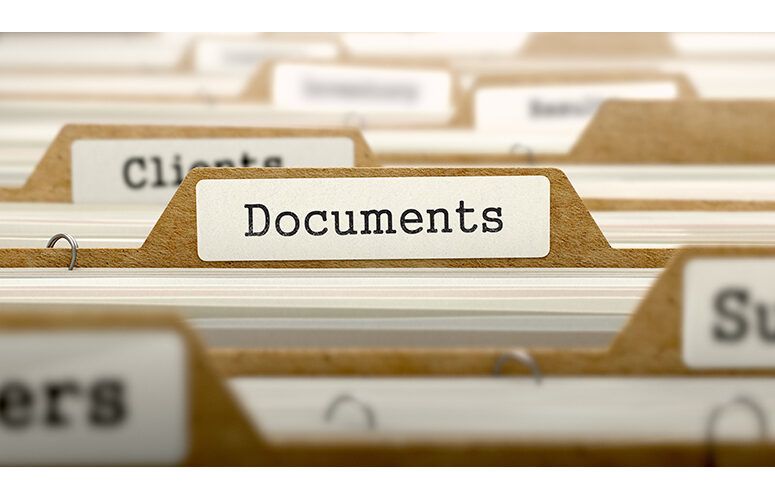
The Key Documents Needed for Small Business Tax Filings
By Cara DiLorenzo, Bederson LLP On Jan 13, 2022As a small business owner, it may be difficult to know which items to gather for your accountant at year-end and for tax preparation. Generally, there are five main documents that you should compile.
Capital Assets
Capital assets are assets that benefit your business for more than one year. Some examples of capital assets are vehicles, machinery, land, buildings, etc. It is imperative that you identify any new and/or disposed capital assets that were realized during the tax year. The tax treatment for these expenditures differs from your day-to-day expenses.
Loans
Many small businesses will not pay cash for their capital assets. When you finance or take loans to purchase large assets, your accountant will require this information as well. Generally, they will need your sales agreement, finance agreement, and the amortization schedule (if one was prepared by your financial institution).
Financial Statement
A complete financial statement (i.e. balance sheet, income statement, and cash flow statement) communicates the financial health of your business. It provides your accountant with information on financial matters that will allow him or her to understand your business operations.
General Ledger
Once your accountant understands your business operations, they will likely want further detail on your day-to-day activity. The general ledger of your financial statements will provide this information and clear up most of your accountant’s questions.
Home Office Expenses
If you use a portion of your home exclusively for working, meeting with clients/customers, or meeting with vendors, you can generally claim home office expenses. These expenses include but are not limited to a percentage of your home insurance, mortgage interest (or rent), utilities, repairs and maintenance. The percentage is determined by dividing the square footage of your office space by the livable square footage of your home. Your total home expenses are multiplied by this percentage to arrive at your deductible portion.
There may also be times when you use your personal vehicle for business purposes. You can claim a portion of your vehicle’s operating expenses as a tax deduction. There are two ways that this deduction can be calculated. Your accountant will either use the actual vehicle expense method or the simplified method. For the actual vehicle expenses method, your vehicle’s expenses (i.e. gas, repairs, maintenance, insurance, etc.) are added. Be sure to have receipts and supportive documentation to assist your preparer.
Small business owners should be mindful to keep documentation and records of all transactions for their accountants and for their own personal records. Having documentation and keeping good records throughout the year can reduce your accounting fees and avoid scrambling for information at year-end.
About the Author: Cara DiLorenzo is a senior tax associate at Fairfield-based accounting and advisory firm, Bederson LLP. She provides accounting, tax and advisory services to small business clients.
Related Articles:





